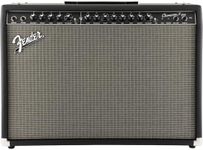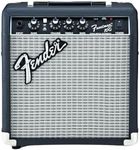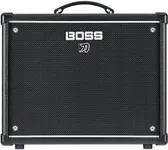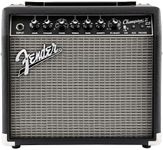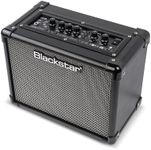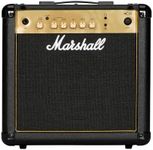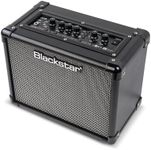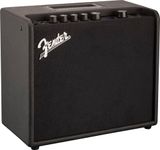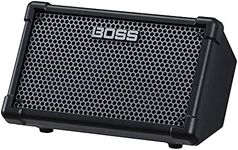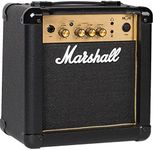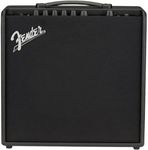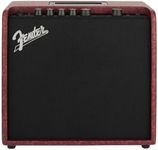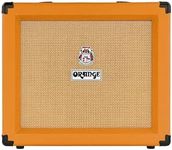Buying Guide for the Best Budget Guitar Amps
Choosing the right budget guitar amp can significantly enhance your playing experience, whether you're a beginner or an experienced guitarist. The key is to understand the different specifications and how they align with your needs. By focusing on the essential features, you can find an amp that offers great sound quality and functionality without breaking the bank.WattageWattage refers to the power output of the amp and is crucial because it affects the volume and headroom. Lower wattage amps (1-20 watts) are great for home practice and small gigs as they provide enough volume without being too loud. Medium wattage amps (20-50 watts) are versatile for both practice and small to medium venues. Higher wattage amps (50+ watts) are suitable for large venues and professional use but can be overkill for home use. Consider where you'll be playing most often to determine the right wattage for you.
Type of AmpThere are three main types of guitar amps: tube, solid-state, and modeling. Tube amps are known for their warm, rich sound and natural distortion but can be more expensive and require maintenance. Solid-state amps are more affordable, reliable, and lighter, making them great for beginners and casual players. Modeling amps use digital technology to emulate the sound of various amp types and effects, offering versatility and convenience. Think about the sound quality and features you prioritize to choose the right type for your needs.
Speaker SizeThe size of the speaker in the amp affects the tone and volume. Smaller speakers (8-10 inches) are typically found in practice amps and offer a more focused sound, which is ideal for home use. Larger speakers (12 inches) provide a fuller, richer sound and are common in gigging amps. If you plan to use the amp for both practice and performances, a 12-inch speaker might be a good compromise. Consider the type of music you play and the sound you prefer when choosing the speaker size.
Built-in EffectsMany budget amps come with built-in effects like reverb, delay, and chorus, which can enhance your sound without needing additional pedals. These effects can be particularly useful for beginners who want to experiment with different sounds. If you enjoy playing a variety of music styles or want to explore different tones, an amp with built-in effects can be a great choice. However, if you already have a collection of pedals, you might prioritize other features over built-in effects.
PortabilityPortability is an important factor if you plan to move your amp frequently, whether for gigs, practice sessions, or lessons. Smaller, lighter amps are easier to transport and can be a practical choice for musicians on the go. However, if you need a more powerful amp for larger venues, you might have to compromise on portability. Consider how often you'll need to move the amp and balance this with your power and sound quality needs.
Connectivity OptionsModern amps often come with various connectivity options such as headphone jacks, auxiliary inputs, and USB ports. These features can be very useful for practicing silently, playing along with backing tracks, or recording directly to a computer. If you plan to use your amp for home recording or silent practice, look for models with these connectivity options. Think about how you intend to use the amp and choose one with the right connections to suit your needs.
